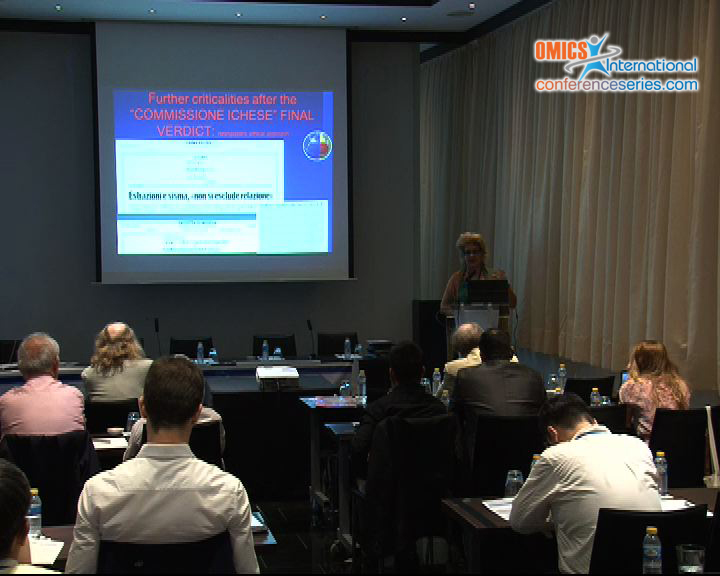
Lamzira Lagidze
Iv. Javakhishvili Tbilisi State University, Georgia
Title: The role of landscape in cliamate formation (Samtskhe Javakheti region, Georgia)
Biography
Biography: Lamzira Lagidze
Abstract
Georgia, which is characterized by complex physical-geographical conditions (altitude is in range of 0-5068 m) is considered as an example of mountainous country with diverse climatic conditions. In this regard especially, it stands out as one of the regions of Georgia Samtskhe-Javakheti, which is located in the South of country. Its climatic conditions significantly differ from other regions of Georgia. One of the reasons of its climate diversity are the character of underlying surface and altitude (900- 3300 m), surface dismemberment, repeatability of gorges, vegetation cover, which leads to an unequal heating of underlying surface and strengthening of circulatory processes. Vegetation cover in region is immensely transformed under influence of anthropogenic factors, which dramatically alters climatic conditions. The lowest absolute minimum of temperature in region ranges between - 29-41ºC. Absolute maximum temperature is 34-39ºC. Annual amplitude of temperature is as high as 24-25ºC, which refers to continental character of climate in this region. Annual precipitation level on the territory of this region ranges between 400-1400 mm. Key role in territorial distribution of precipitation here is played by landforms. Region is surrounded by high mountains on each side. Air flows are descending in nature, the moisture is limited therein. As a result, region is poor in precipitation. Prevailing winds vary widely in region and their direction is congruent with valleys. In many cases it became mountain-valley type. Region is rich in recreational terms and is important for study against the background of climate change.


